The magic of grottoes. (Click on an image to see full size.)
Check also these related posts:
zafoid.com/post/view/12028
zafoid.com/post/view/12027
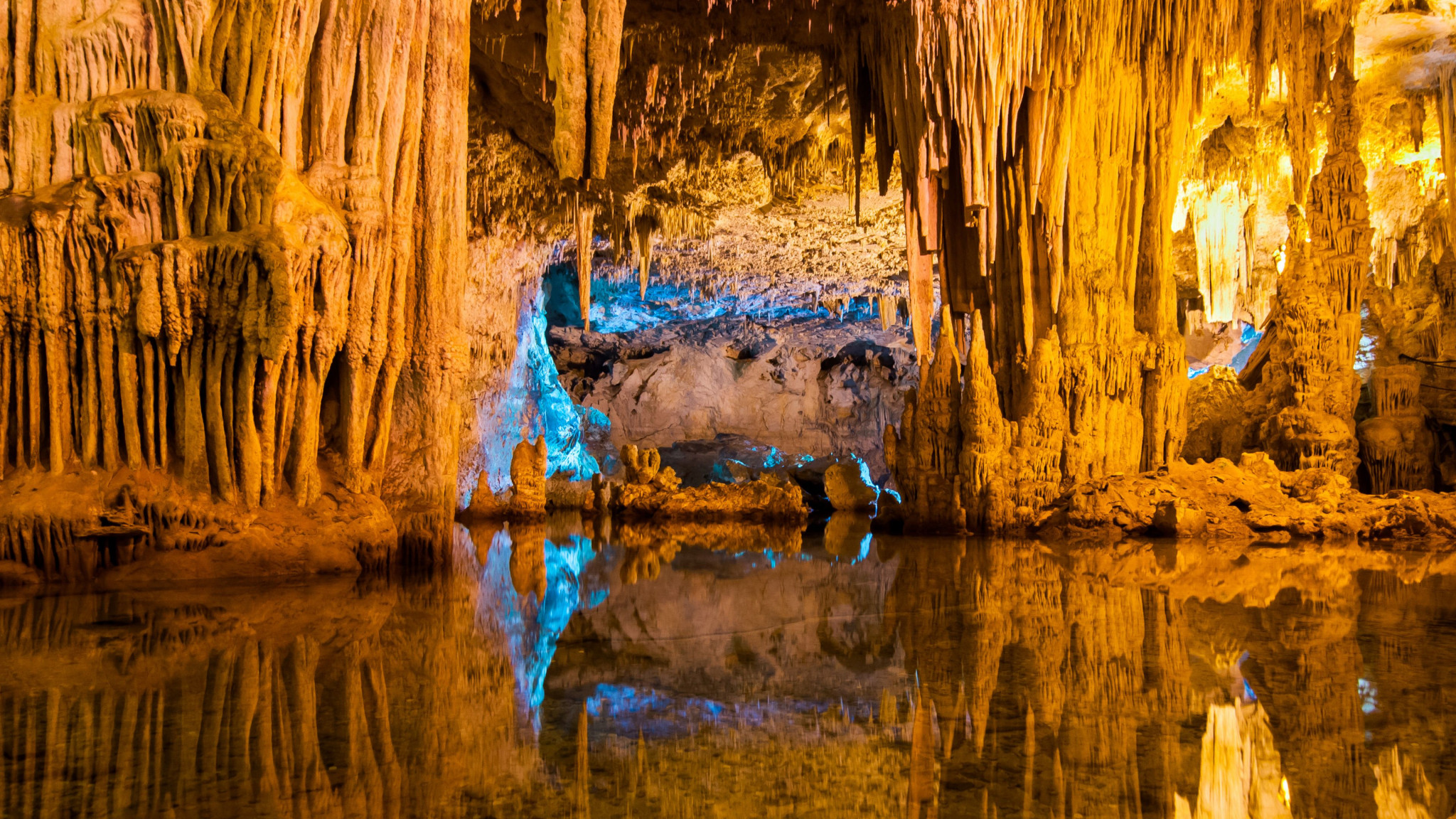

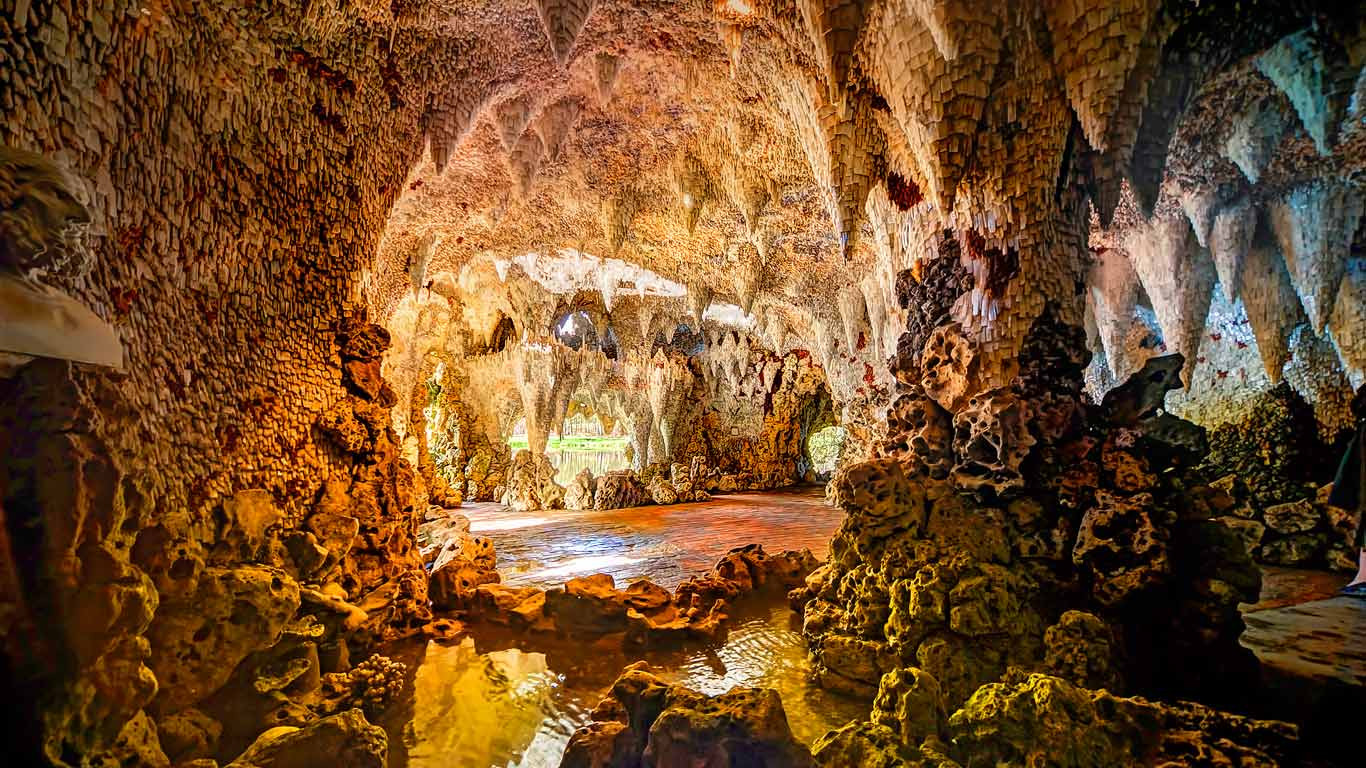
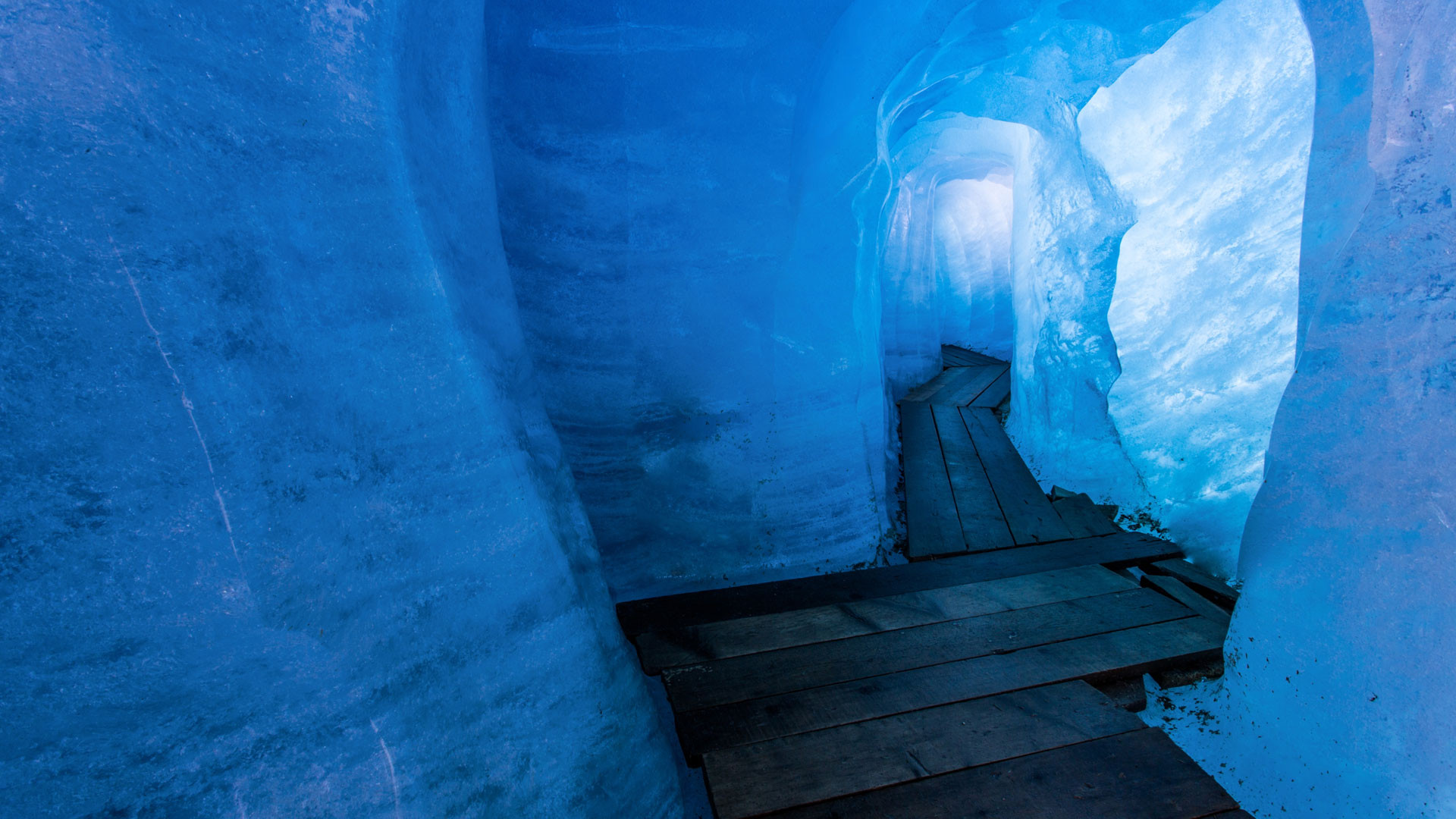
The magic of grottoes. (Click on an image to see full size.)
Check also these related posts:
zafoid.com/post/view/12028
zafoid.com/post/view/12027




Königstein Fortress, one of the largest mountain fortresses in Europe, located alongside the river Elbe in Saxon Switzerland, within the German state of Saxony.

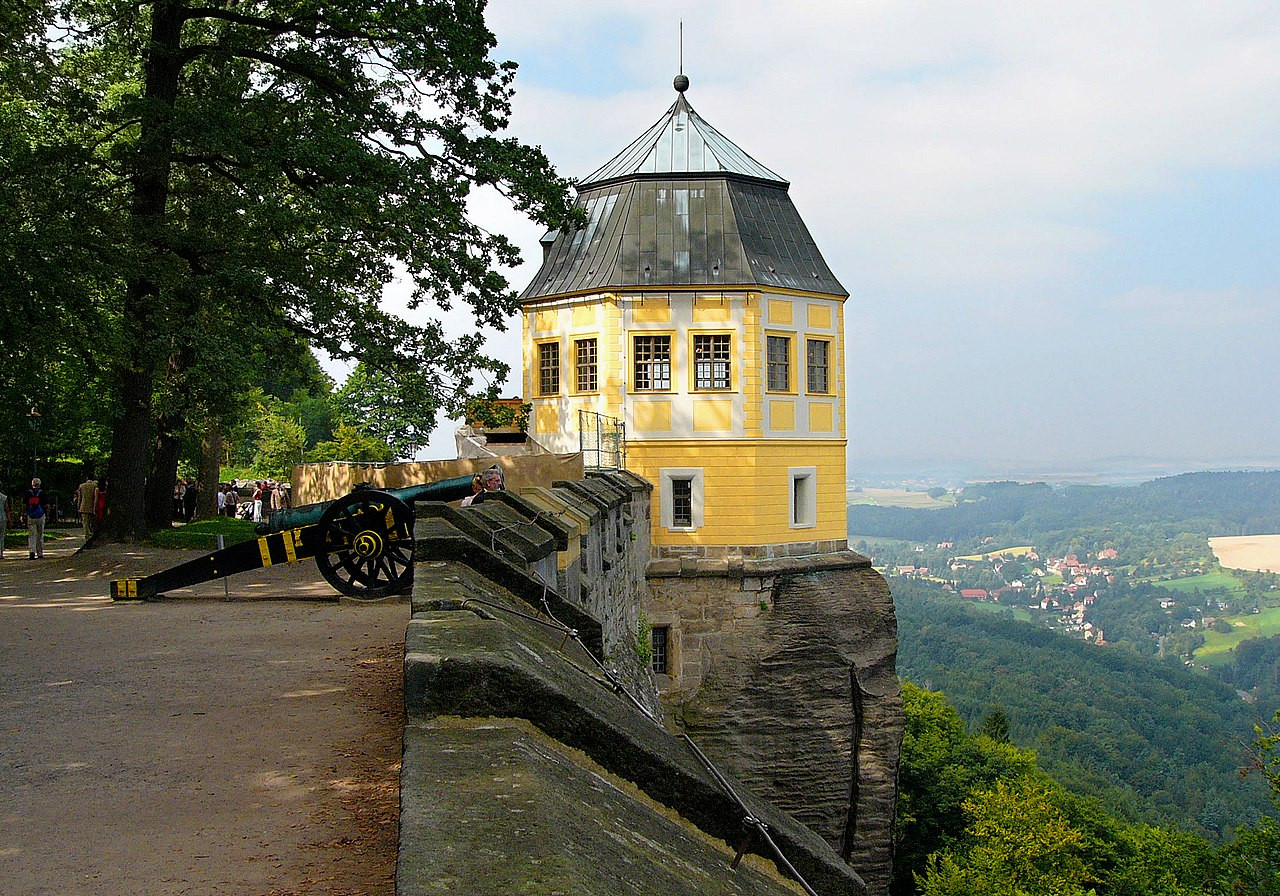


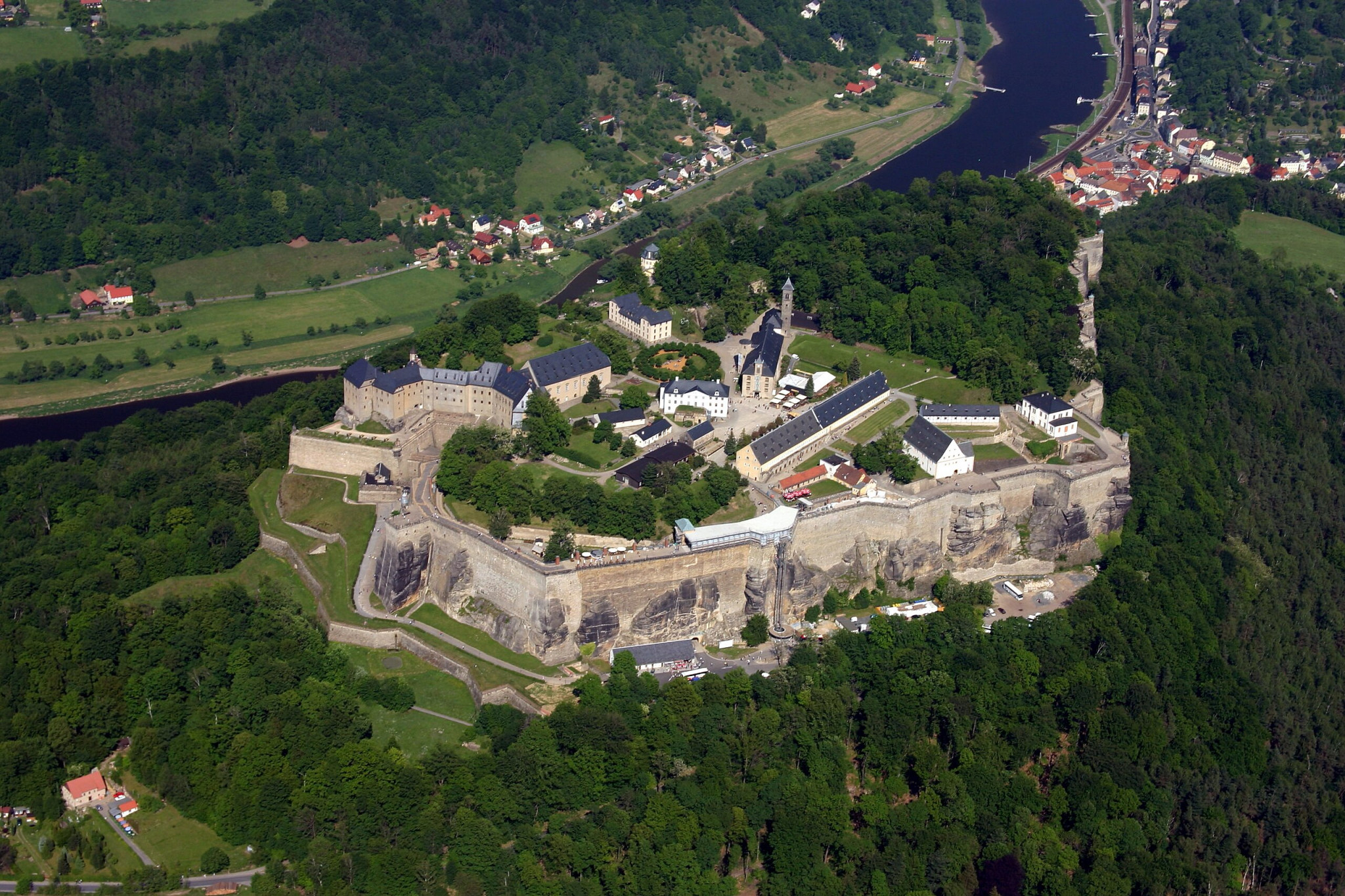
Impressive arches and doorways from Morocco.
Other posts about Morocco in this group:
zafoid.com/post/view/12010
zafoid.com/post/view/11571





Gadisar Lake is an artificial rainwater lake designed as part of the city of Jaisalmar that was built in the 12th century — the Golden City founded in the middle of the Thar desert. The lake was later rebuilt in the 14th century. Shown here is a fantastic image of Gadisar Lake, then we have an image of a narrow street within the historic fort of Jaisalmer, and finally we have an image of the Thar Desert that surrounds the city of Jaisalmer. (Click on each image for full scale view.)



Pareidolia is the phenomenon of perceiving familiar patterns, especially faces, in random or inanimate objects. For example, in this image of Roland's Breach in the Pyrenees, I see a face (I marked it by a yellow circle) with a pair of eyes, hooked nose, and taunt lips. Maybe I see Roland himself, the famous knight that was immortalised in the 'Song of Roland', the oldest surviving major work of French literature?

The pyramids of Giza are always photographed from this angle (please note the first image on the left), as if they are standing alone in the middle of the desert, but, alas, they are actually on the very outskirts of the modern capital of Cairo. (Please click on each image to see at full size).
Also note how the low angle of depression in the first image (please note zafoid.com/post/view/12022) appears to compress the pyramids of Giza tightly together.
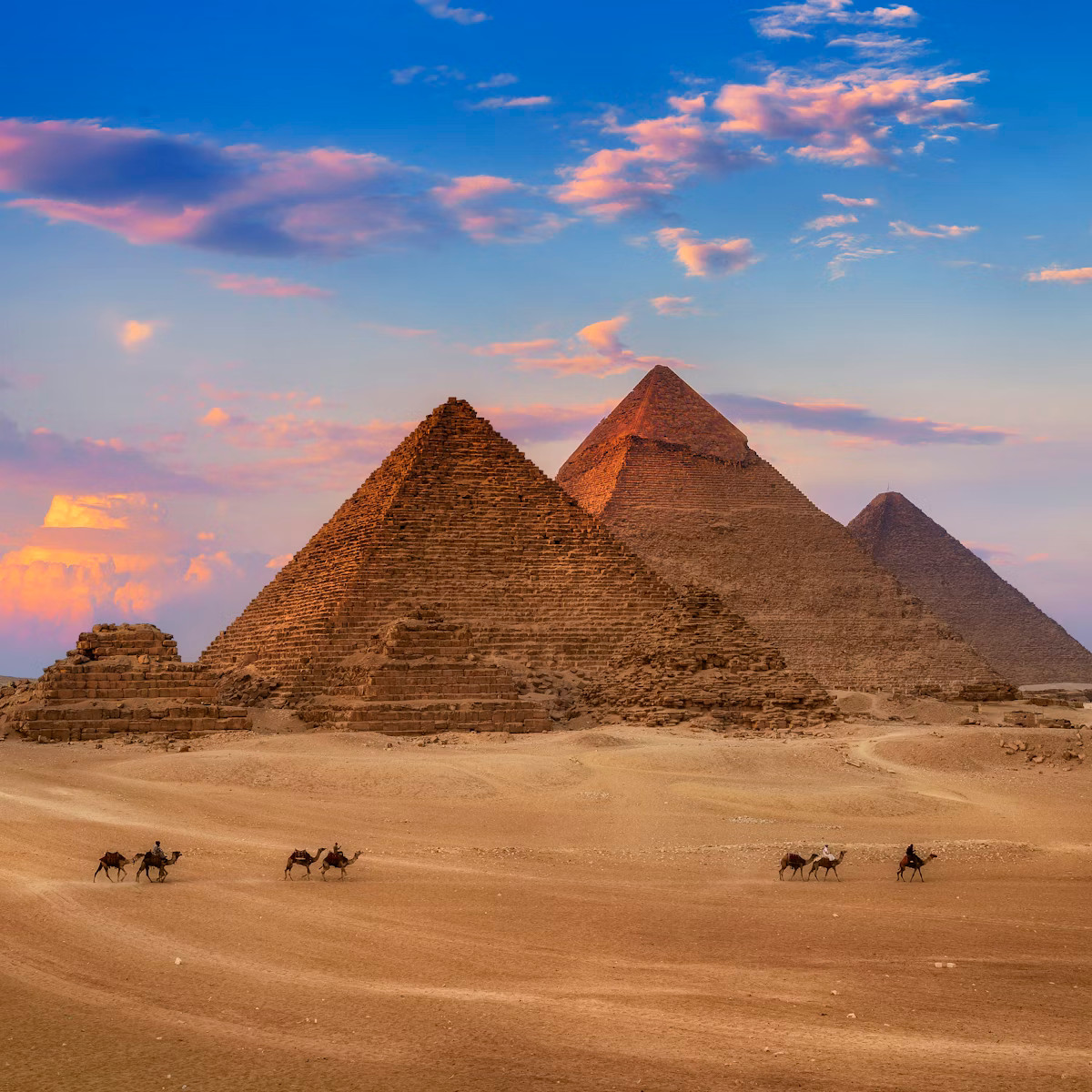

The cypress tree tunnel at Point Reyes National Seashore, in California, seen at different times of the day, and from both ends. (Click on image for full view, for better appreciation.)
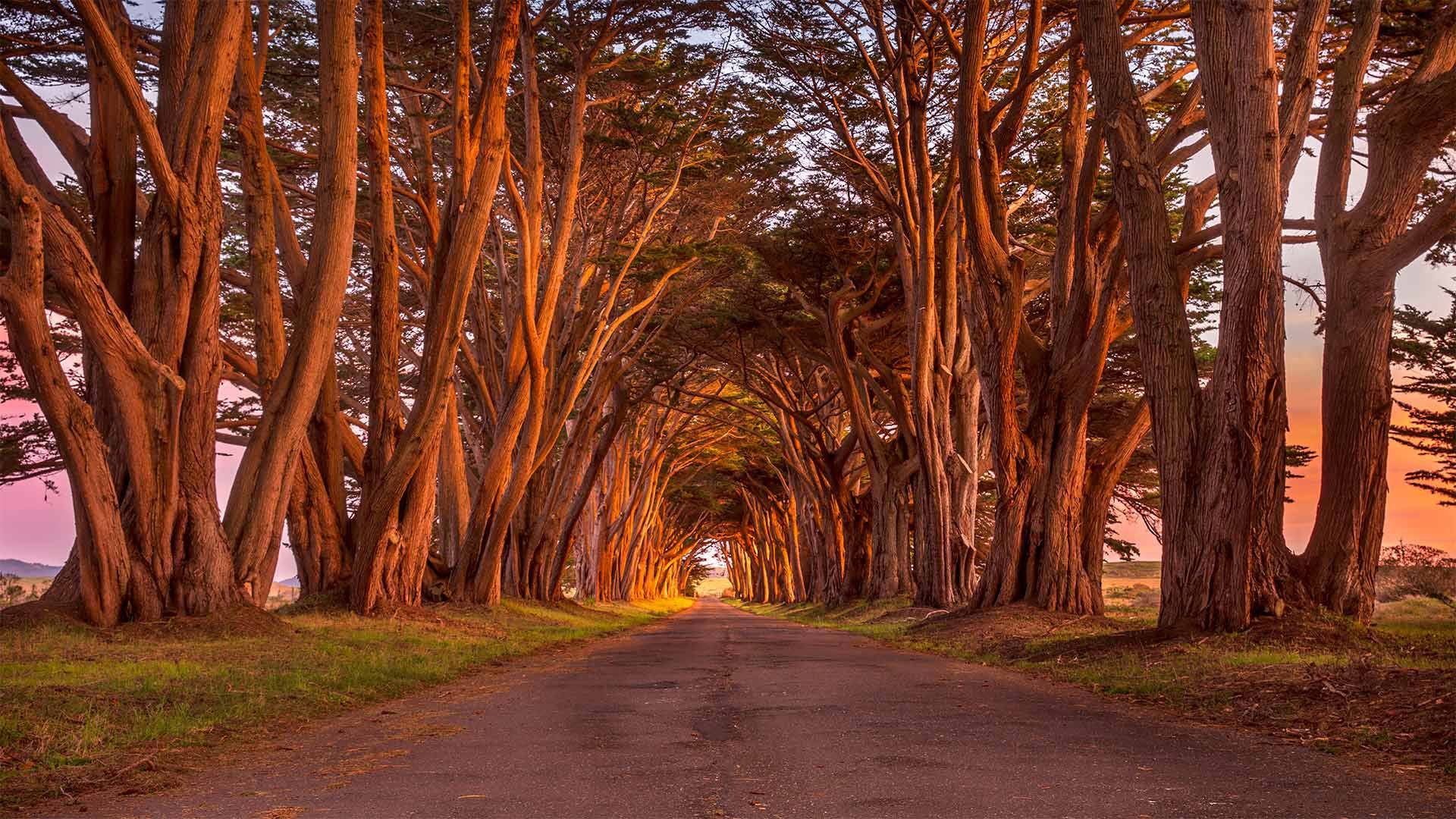
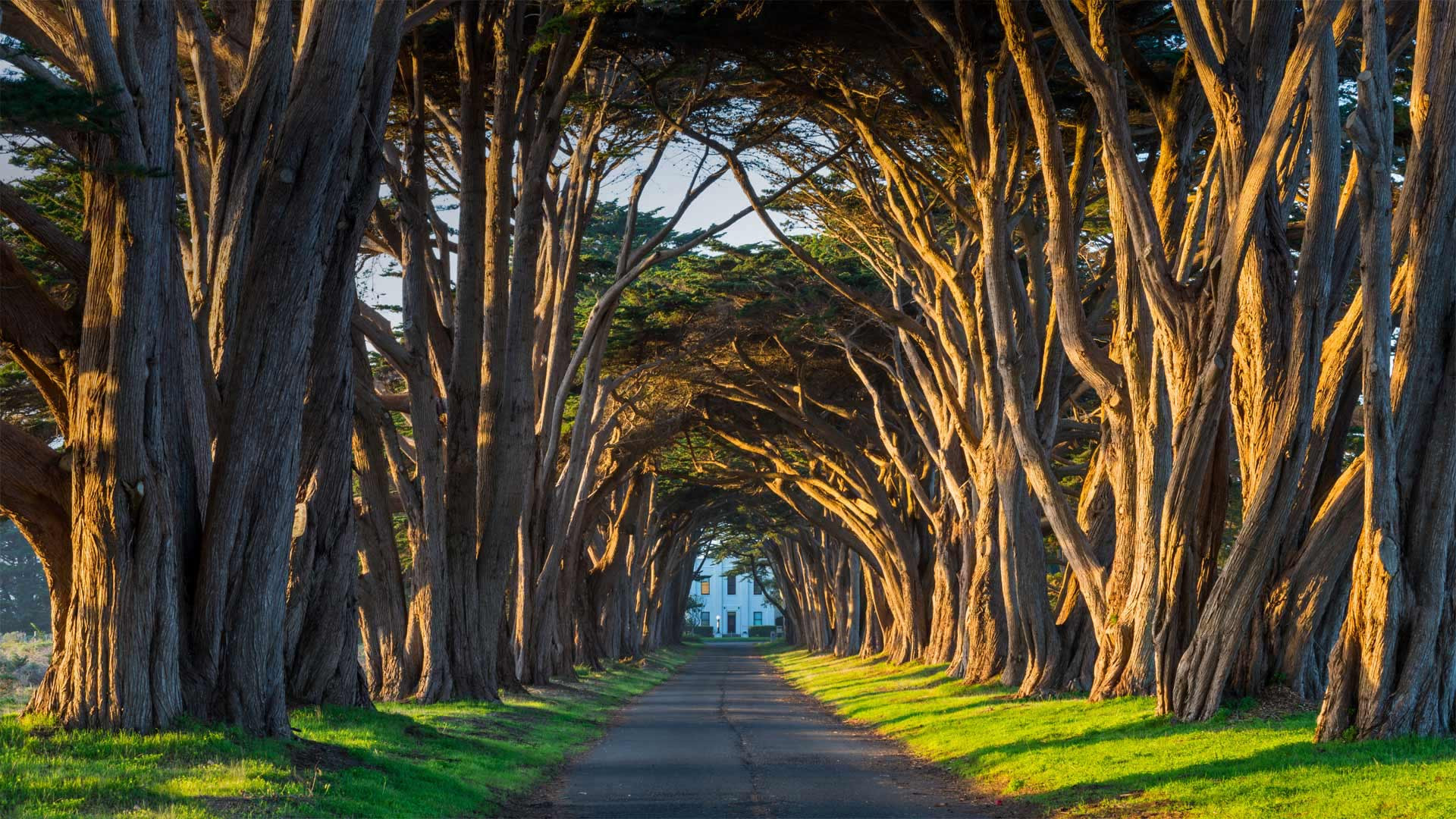
Meadow View Treehouse's tranquil garden has magnificent landscape views, where the owner's family could relax and entertain. It consists of a petite timber retreat located on a private nine-hole golf course, within the grounds of a country estate in rural Wiltshire, England.

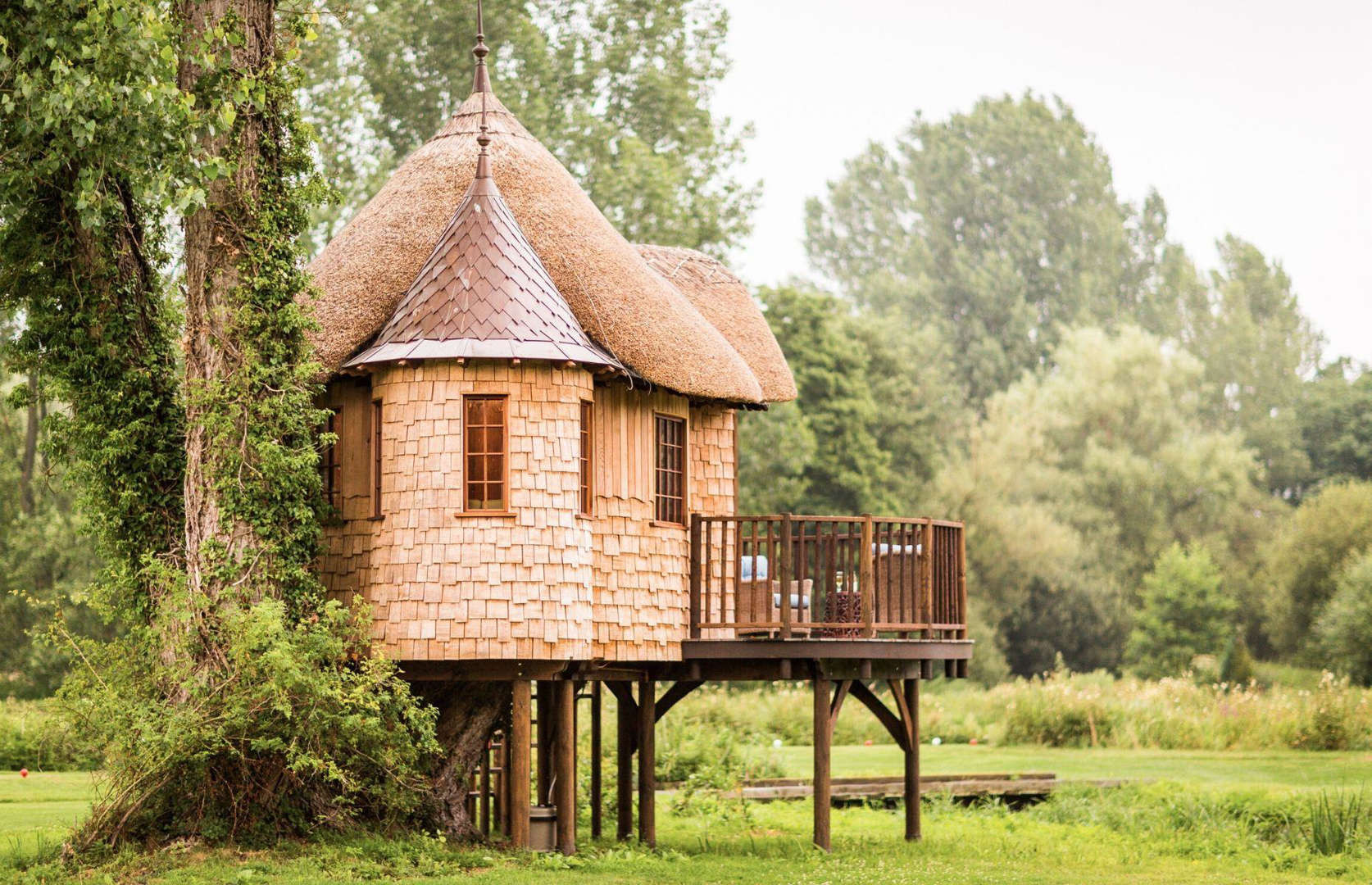
Contrasting today's modernist aesthetic with its more uplifiting predecessors:
The International Space Station (ISS), shown above in these impressive five images, is a collaborative effort between the United States, Russia, Europe, Japan and Canada. The space station is divided into two main segments, namely the Russian Orbital Segment, and the US Orbital Segment. The ISS has eight docking and berthing ports for visiting spacecraft, and circles the Earth in roughly 93 minutes, thereby completing 15.5 orbits per day. Long-term occupancy of the space station began on 2 November 2000, and continues uninterrupted to this day. The station is expected to remain operational until the end of 2030, after which it will be de-orbited using the US Deorbit Vehicle.




